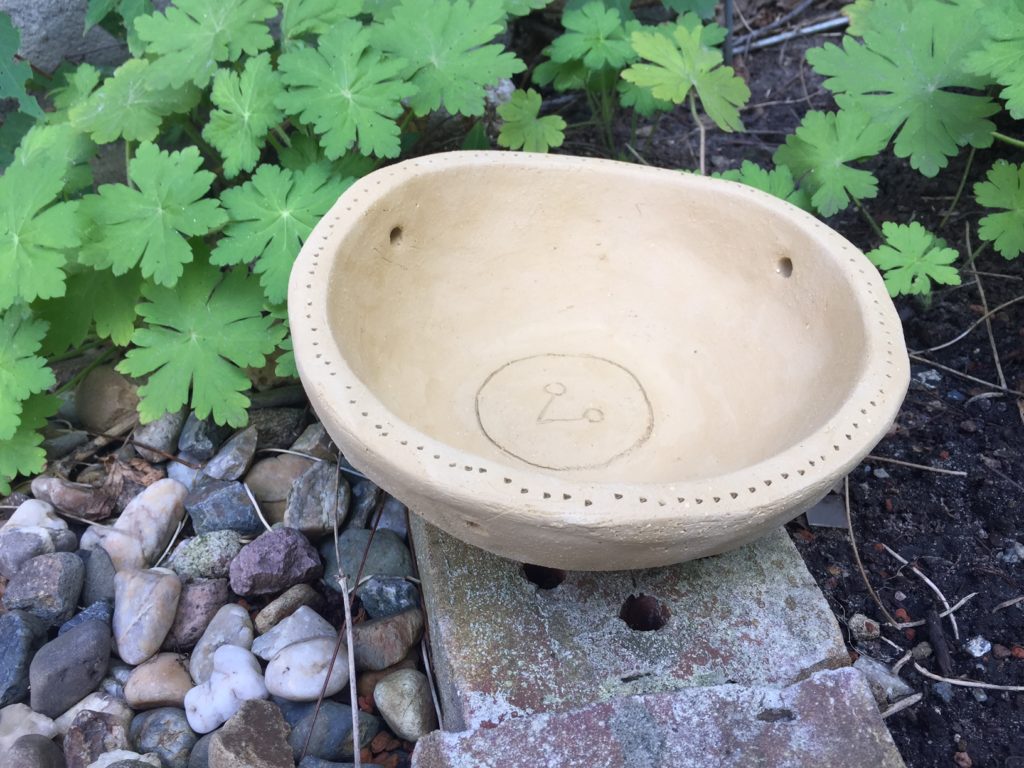Begreifen
Today 1 out of 10 people in the world lack access to clean water. It‘s an urgent problem that needs to be solved.
The method of purifying water in ceramic filters, is one of the first ways of filtering water we as humans have been using. There is written information about water filters dating back as long as we have written records, tracing back to the earliest civilizations of mankind. It has contributed to the public health evolvement, and therefore to the development of the humanity as a whole.
It should be a human right to have access to clean water. And if we know a way of solving the issue, why don’t we learn people how to make their own and spread the knowledge? Buy using accessible cheap materials, these filters are an ideal low cost way to cleaning water for a big group of people that are otherwise at risk of getting sick or even die from drinking unclean and contaminated water.
The filters are made by mixing clay particles with water, and organic material, such as sawdust. When the sawdust burns out in the firing, it leaves small cracks for the pathogens to get stuck. When done correctly, this cleans the water by up to 99%. When lined with colloidal silver, this creates a nearly 100% safe water filter.
As this project is adressed mainly towards rural areas where there is a huge shortage of clean water (in this case Kenya in particular) it is important to take notice of the accessibility and costs of these filters. Since the filters are made by using cheap accessible materials, it would be possible to set up a simple outside pottery area, enabling for the people to make their own. This could also include helping them design specific filters for public areas, such as schools and hospitals.






